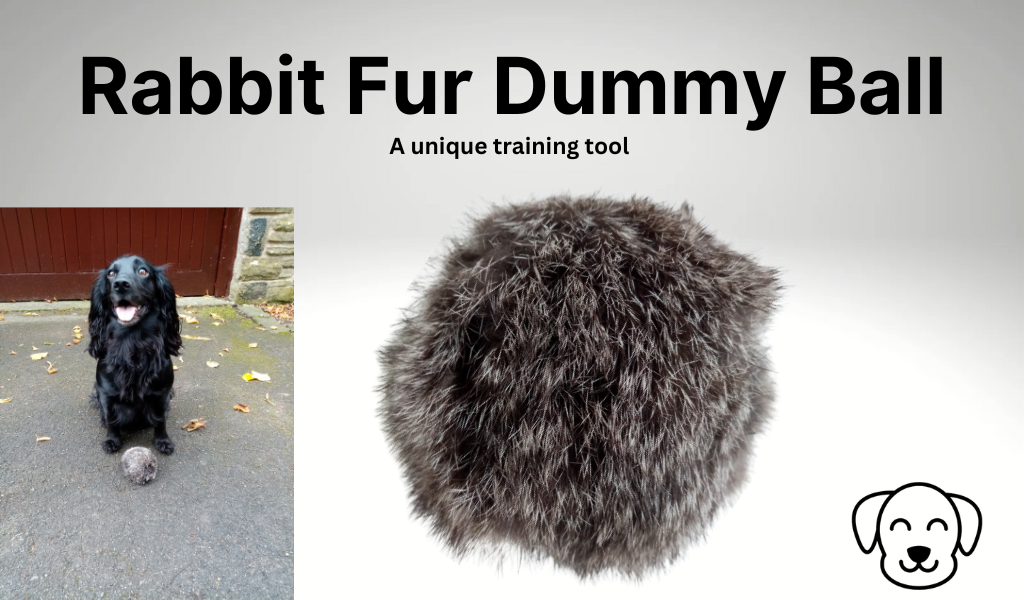
The Rabbit Fur Training Dummy Ball From Goygar
Discover how our Rabbit Fur Dummy Ball can enhance and improve your gundog training.
Get Great Deals On Gundog Gear at www.goygar.com

Discover how our Rabbit Fur Dummy Ball can enhance and improve your gundog training.

Discover the ultimate guide for training your new Cocker Spaniel puppy! Essential tips and tricks for teaching your pup everything they need to know.
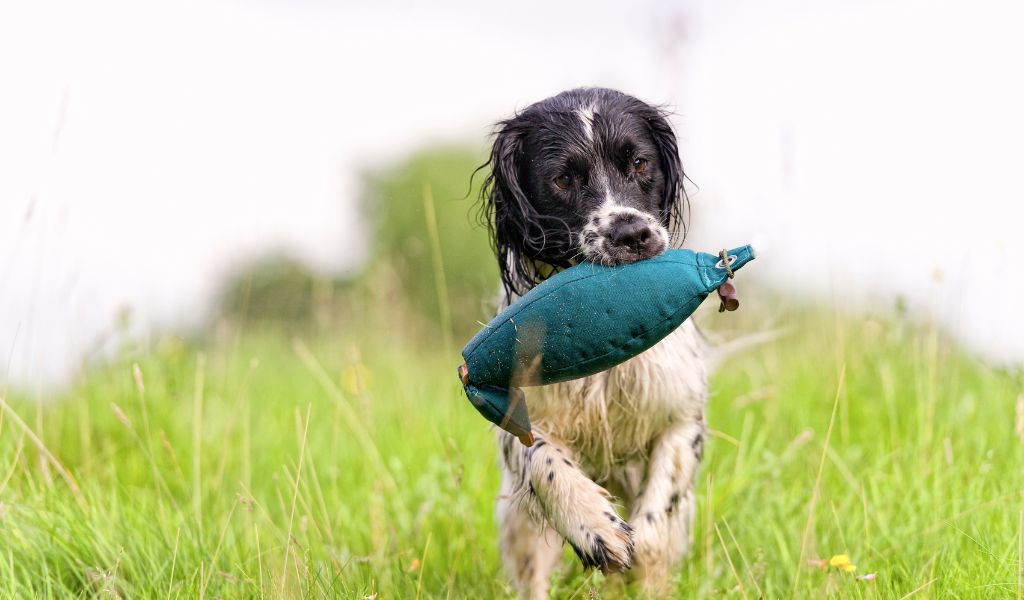
Discover effective Cocker Spaniel gundog training for puppies and working dogs. Whether you’re a seasoned trainer or new to gundogs, our techniques will help.
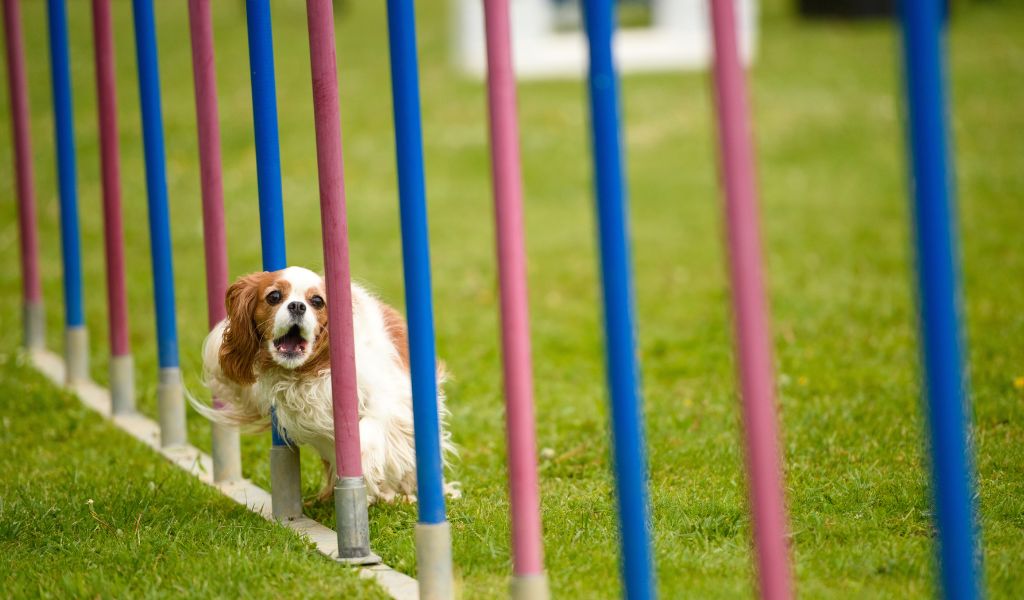
Cavalier King Charles spaniels are intelligent dogs that enjoy and respond well to training.
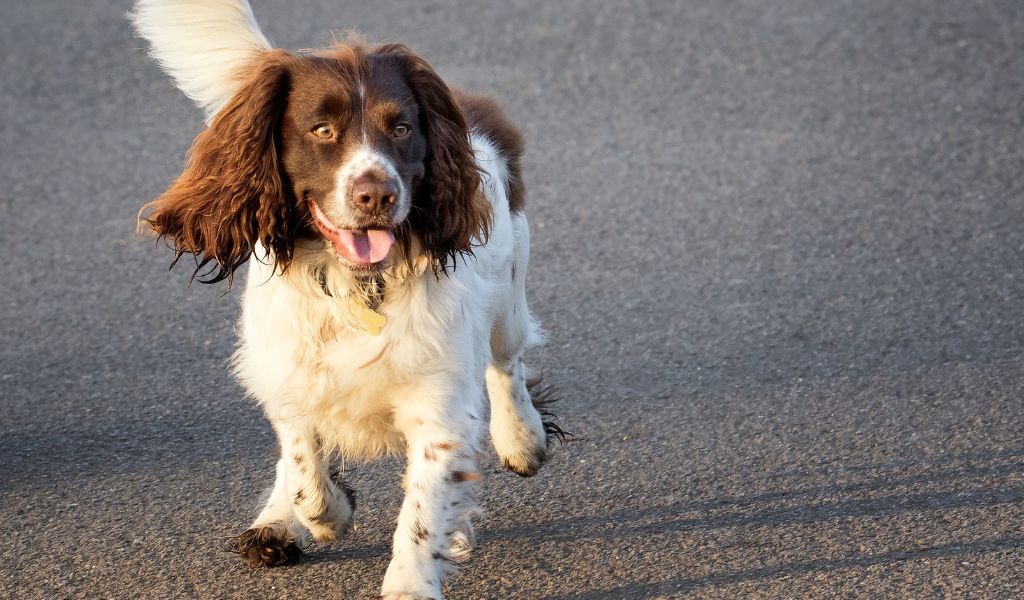
English Springer Spaniels are intelligent dogs that love training and with the right handling will quickly learn.
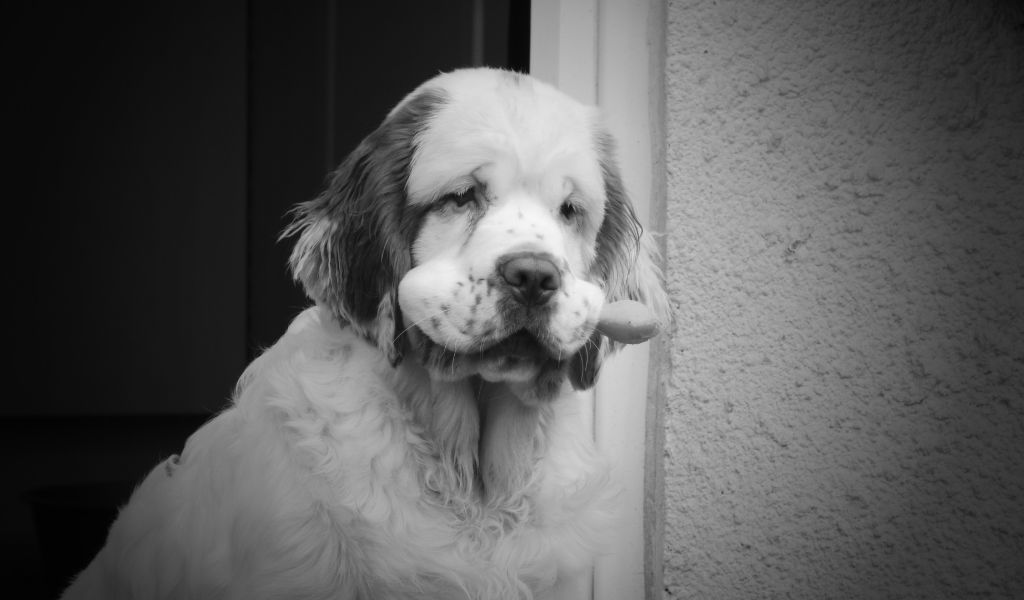
There are many different commands to teach a Clumber Spaniel. These are the most common.
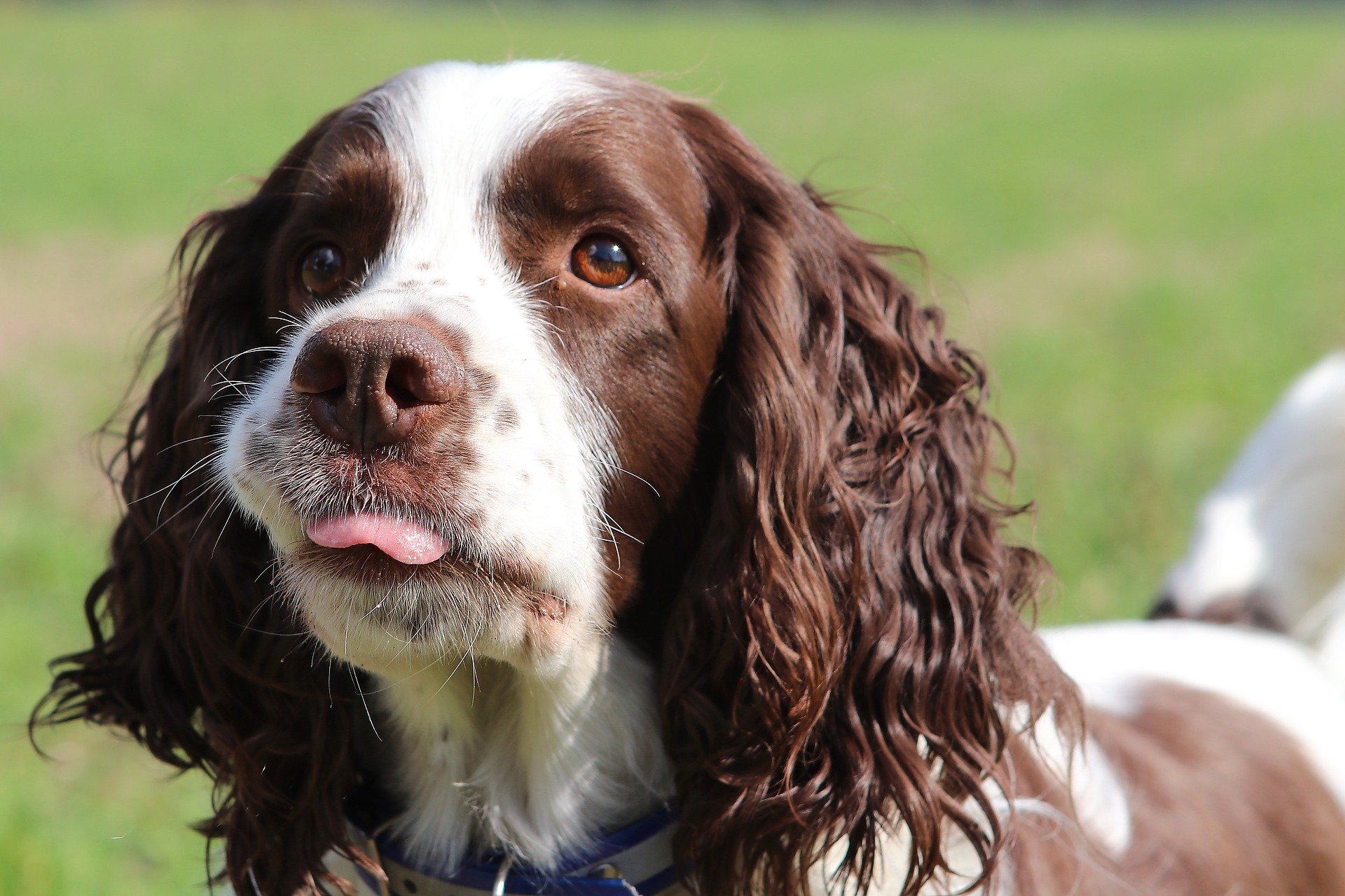
A key aspect of spaniel training is getting your spaniel to stop on the whistle. Let’s take a look at the way to achieve this.
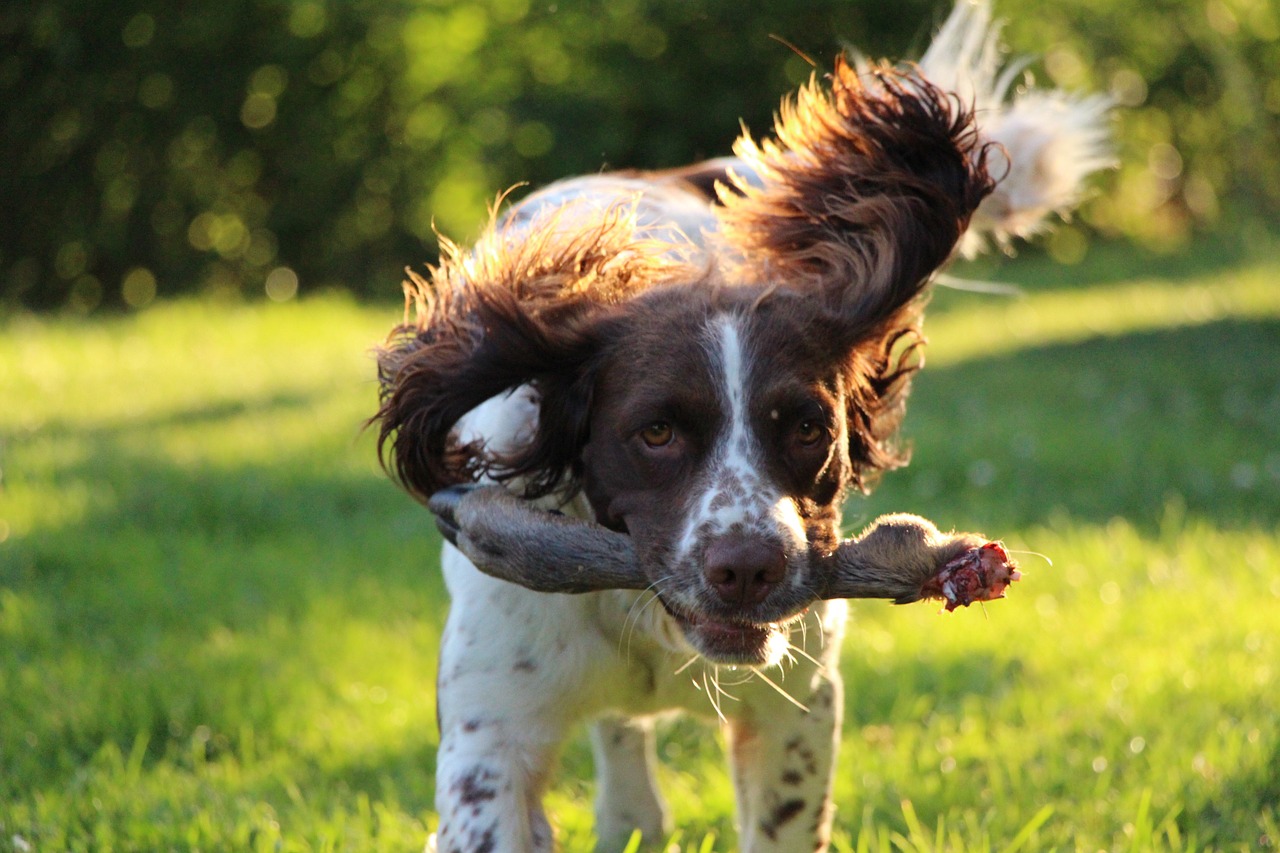
Learn the basics of spaniel training from an expert and set the foundation for a well-behaved, obedient adult dog. With practical tips and insights, you can train your spaniel to a high standard and enjoy the rewards of owning a skilled working dog and loyal companion.
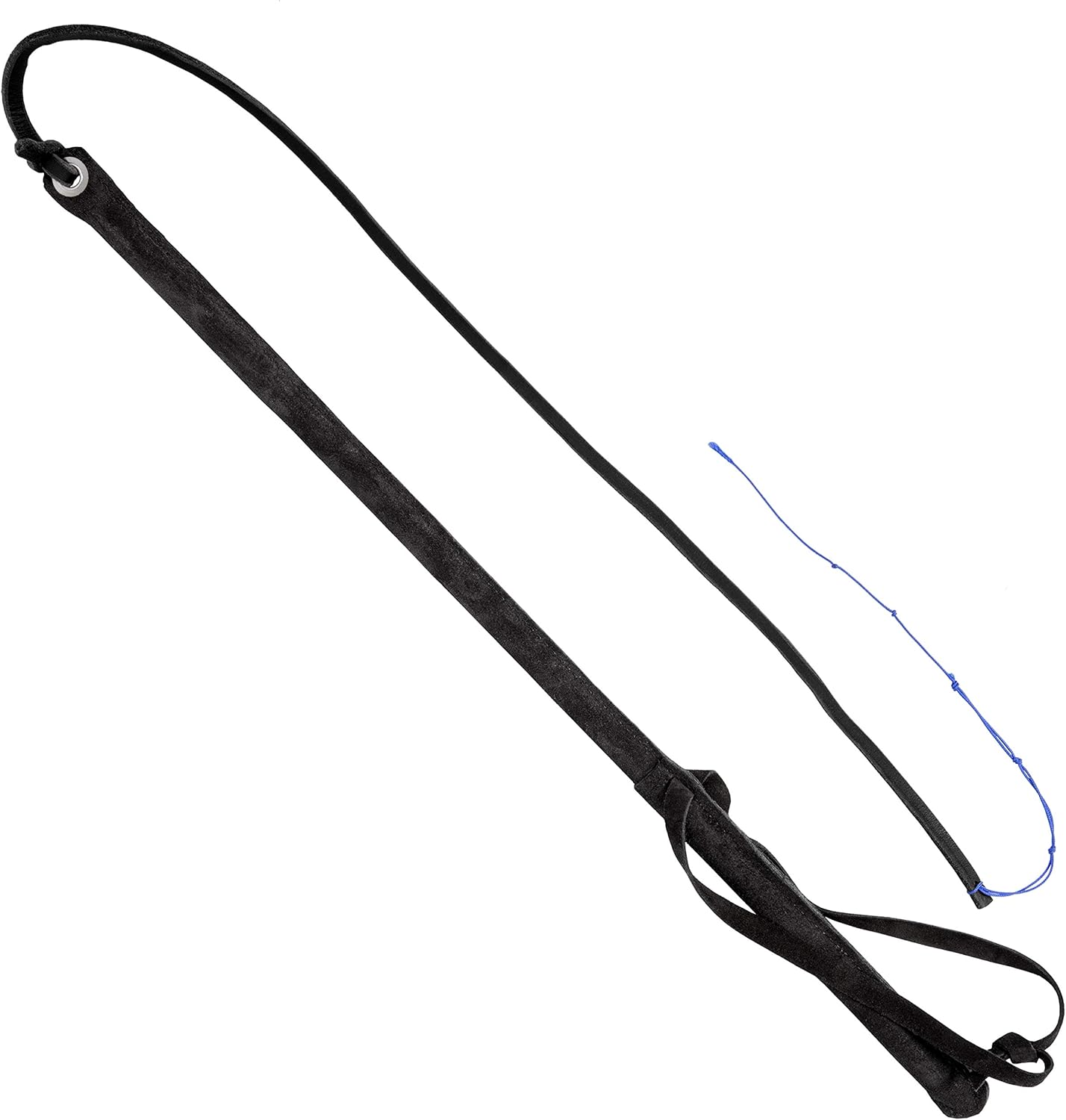
Dingo Gear gunshot whip is a tool made for dog training. It imitates the sound of Gun shooting so can test your dog courage. When the decoy is attacking, the dog should never give up and retreat. Nor gunshots, neither loud sounds would scary the guard dog who is fighting with attacker. Dog training whip
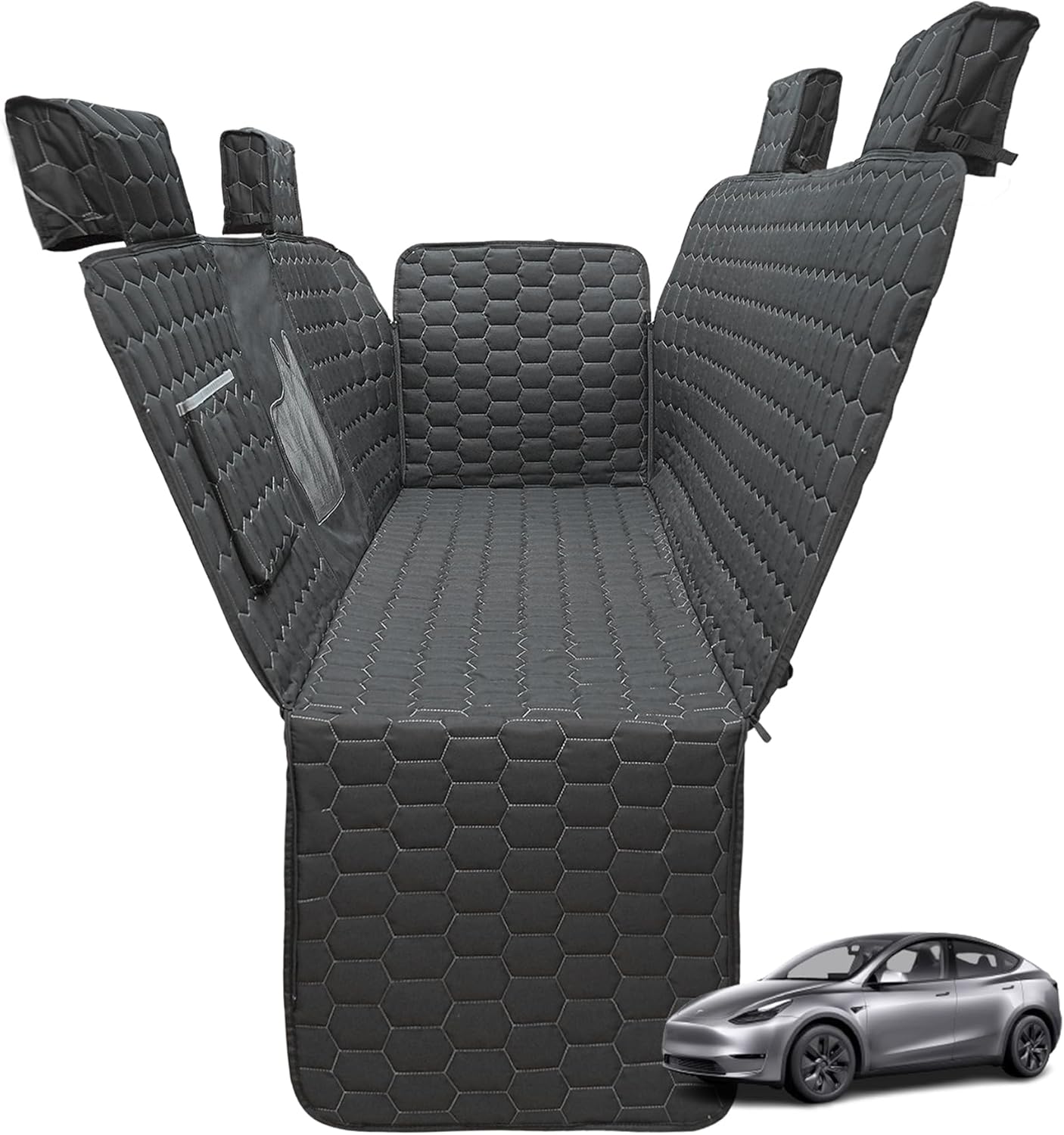
dog car seat cover for back seat 【Headrest Design】The design of our pet seat cover solves the troubles of model y without armrest on the roof. Our dog seat cover adopts an all-inclusive headrest design and comes with a retractable buckle,The side flaps are designed with embedded windows, which is accurate in size, integrated interior,
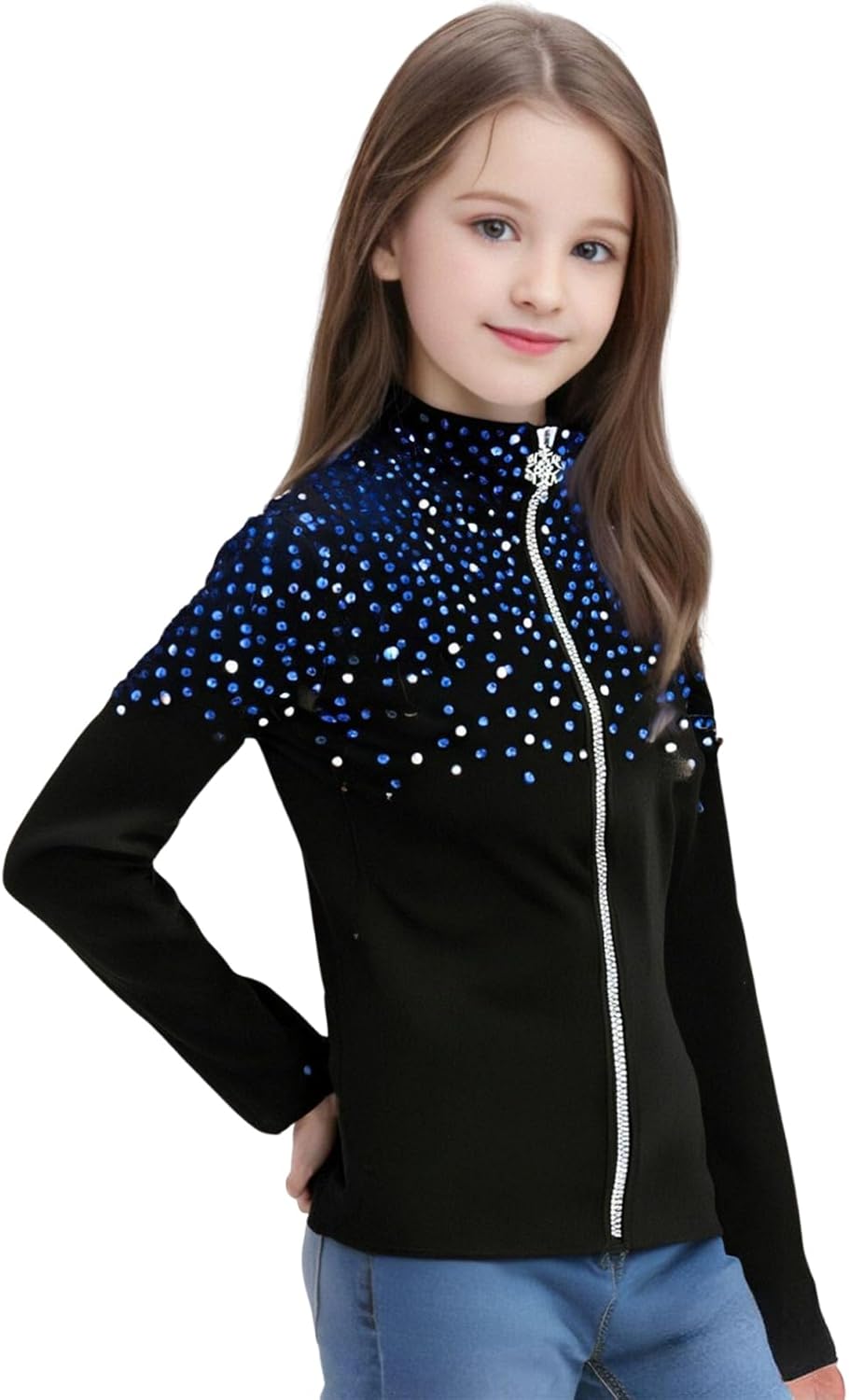
The JoyCan Girls Black Ice Skating Track Jacket is designed to improve your performance on the ice. This elegant and stylish jacket is made with high-quality plush insulation to keep you warm and comfortable during training. The eye-catching blue rhinestones add a touch of glamour, making you stand out on the rink. The high-quality workmanship
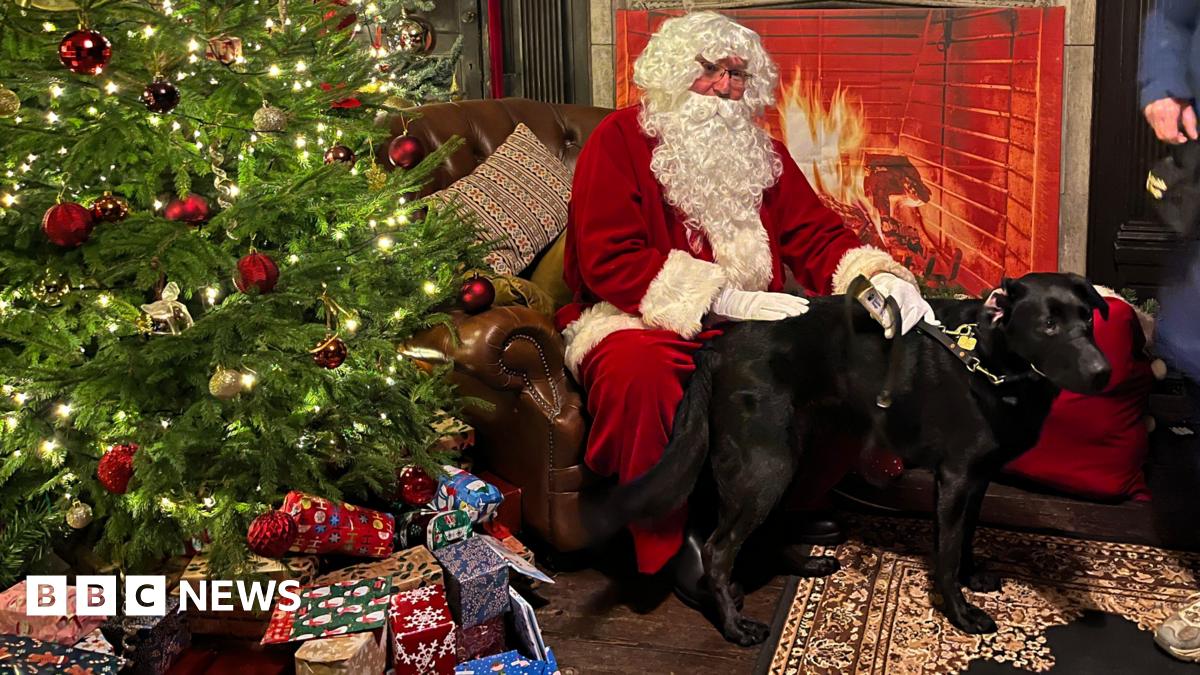
Linda Whitwell, one of the county’s most experienced puppy raisers, said the festive visit was “something different” for her 12-week-old labrador called Hollie. “She [Hollie] seemed to really enjoy it,” she said. “It’s nice that it’s all different experiences and it’s good for them anything like that.” There are 12 volunteer puppy raisers in Northamptonshire,
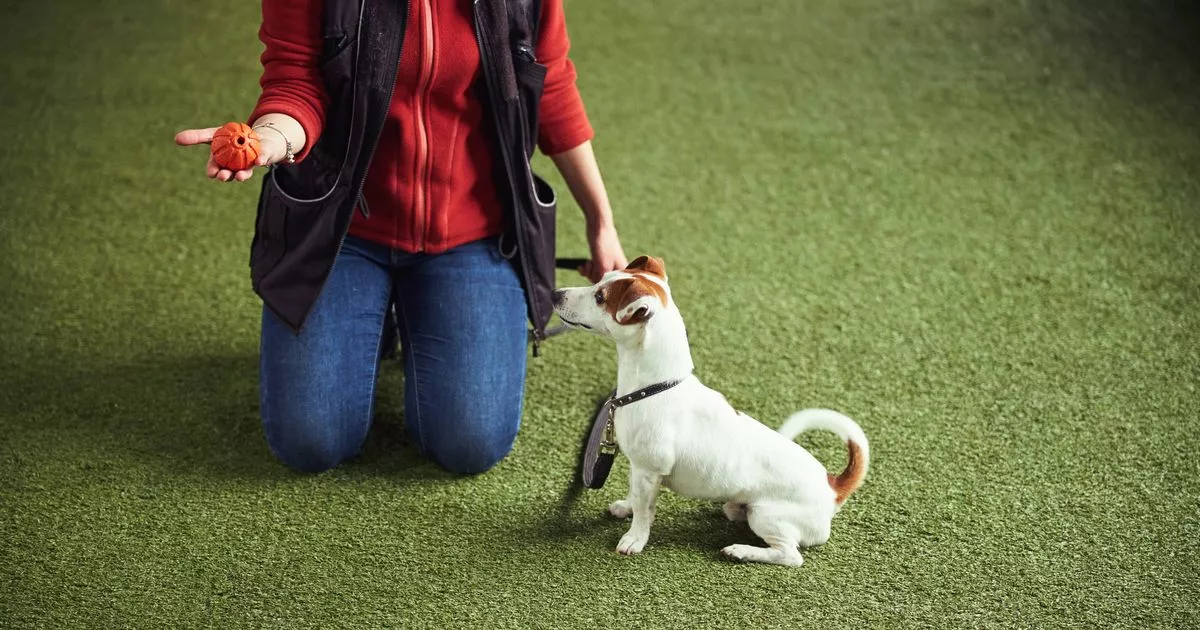
A professional dog trainer who’s worked with dogs for more than 30 years has shared the five breeds which have the most consistent “bite histories”, and some may surprise you Jess Flaherty Senior News Reporter 16:01, 12 Dec 2025 A professional dog trainer has shared the five breeds likely to bite or nip – and
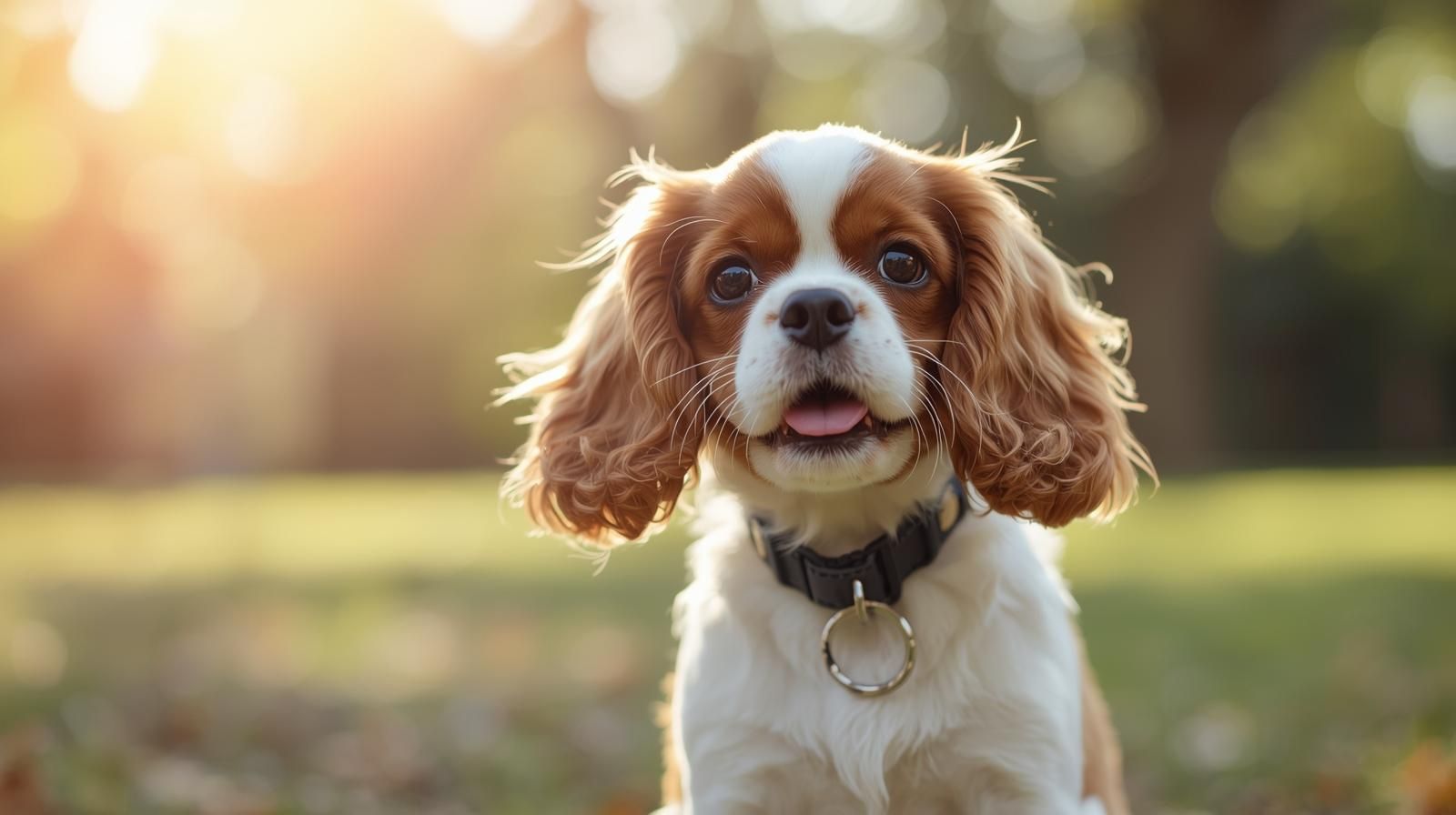
Welcoming a new baby or family member is exciting, but it can be a big adjustment for your Cavalier King Charles Spaniel. With the right preparation, you can help your dog stay calm, secure, and happy. From routine changes to safe spaces and first introductions, discover practical steps to ensure a smooth transition for everyone.
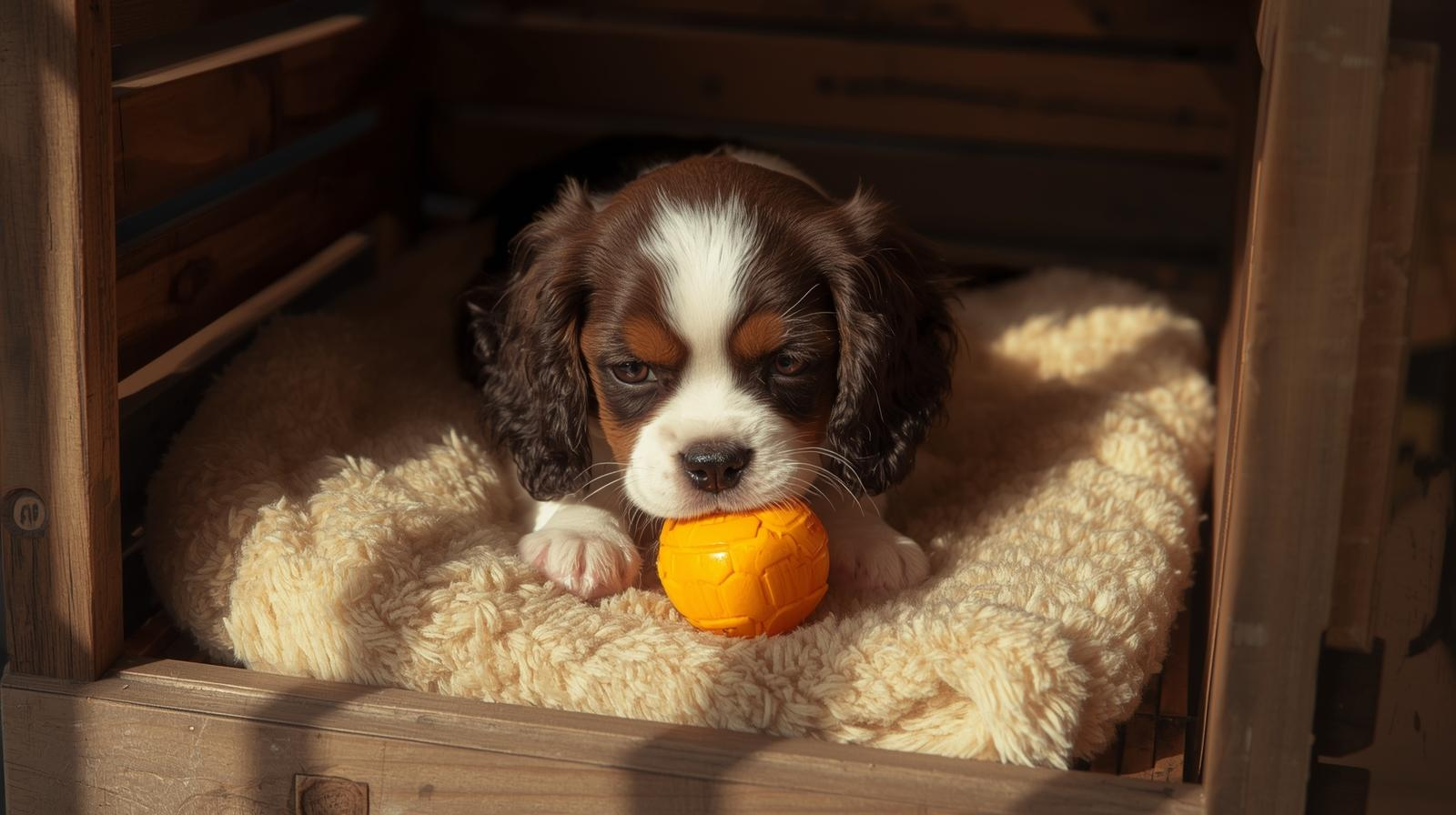
Crate training offers your Cavalier King Charles Spaniel more than just convenience — it provides safety, comfort, and structure. From supporting house training to reducing anxiety and preventing destructive behaviour, a crate can quickly become your Cavalier’s safe haven. Learn how this simple training method can transform daily life for you and your dog.
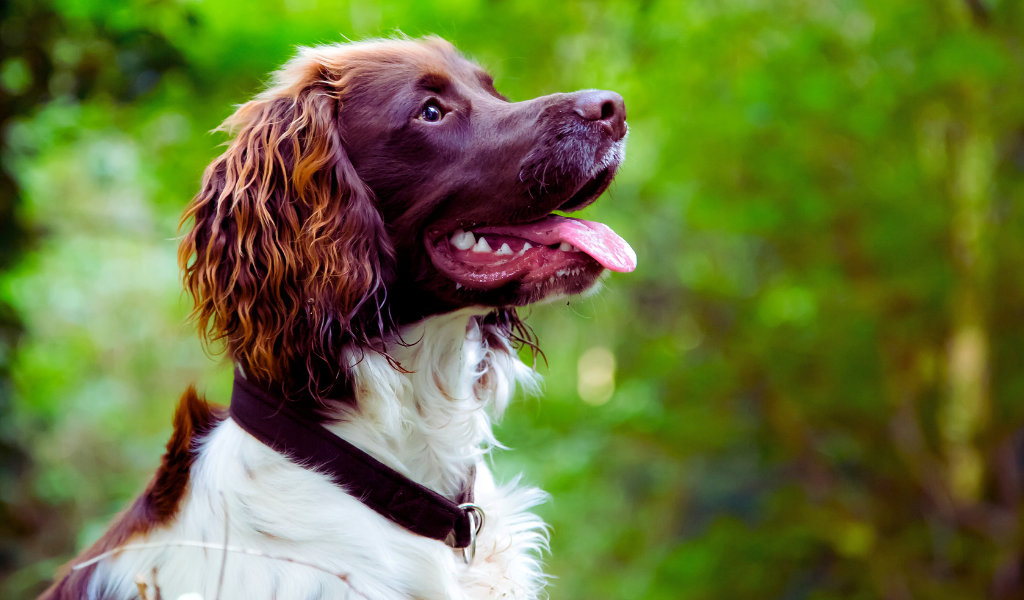
Springer spaniels. Jack of all trades or master of none? Discover if they are good working dogs.
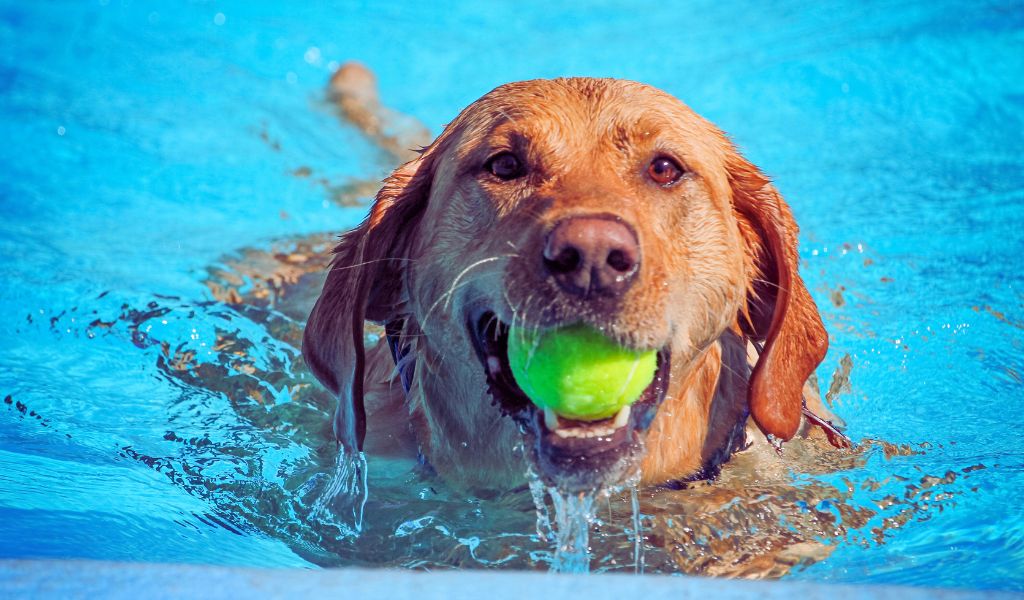
Learn about the safety of letting your dog swim in a chlorine pool. Discover the benefits, potential risks, and preventative measures to ensure a safe and enjoyable swimming experience for your canine companion. Get expert insights and tips for the best experience.
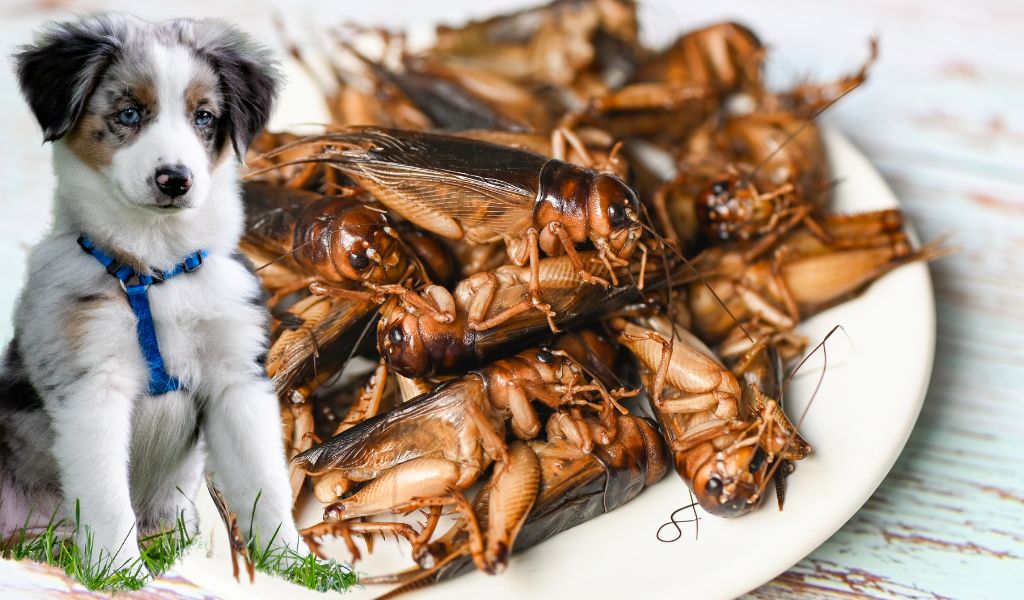
Discover the benefits of insect-based dog food, a sustainable, nutritious, and hypoallergenic alternative to traditional pet food. Learn how it supports canine health and reduces environmental impact.
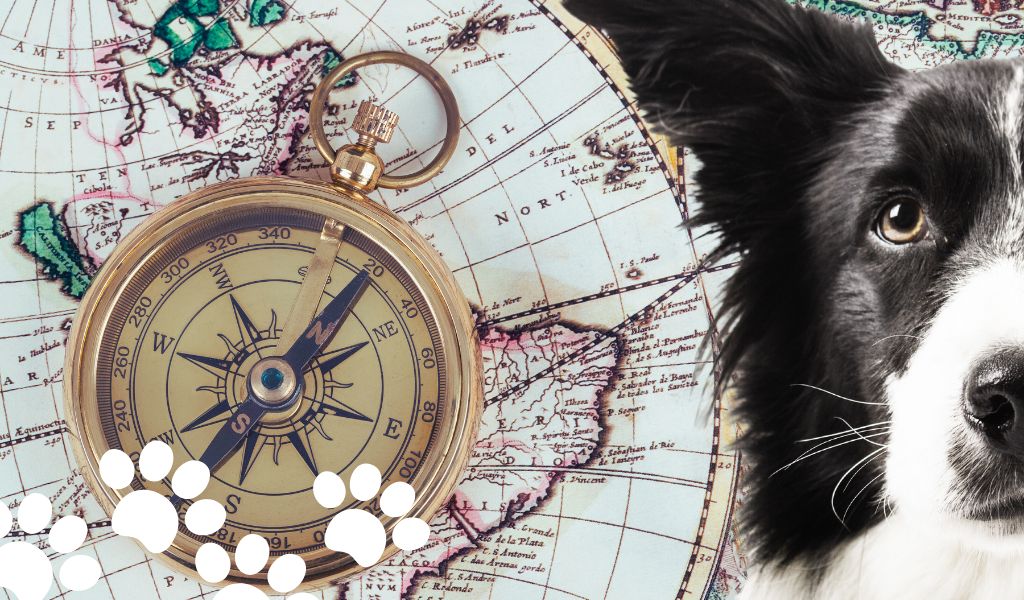
Discover how dogs find their way home using their exceptional sense of smell, hearing, visual cues, and possibly an innate magnetic sense. Learn about scientific studies, breed differences, and practical tips to enhance your dog’s navigation skills.